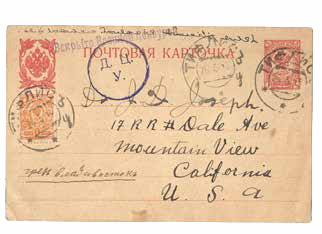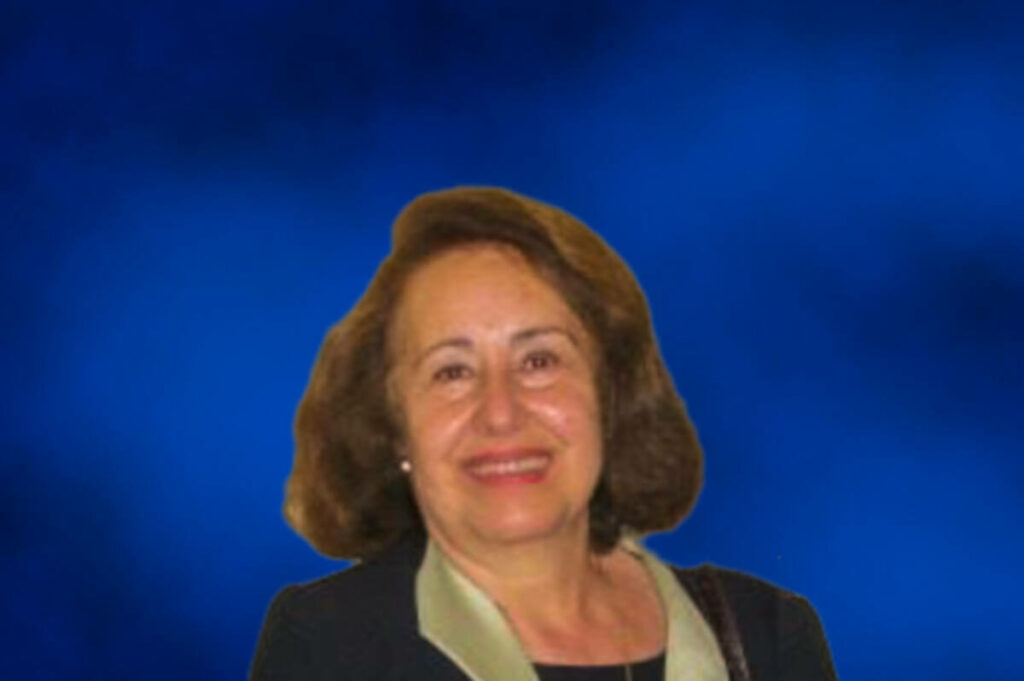D. Eden naby
Assyrian-Iranian cultural historian of Central Asia and the Middle East.
Between April and June 2022 an exhibit based on a cache of some 150 letters written in Neo-Aramaic among Assyrian family members from a village outside Urmia, Iran, examines issues related to a thriving Assyrian community in northwest Iran and Eastern Turkey. This community, virtually forgotten by most historians, flourished during the 19th century until the genocide during World War I terminated its numbers by two-thirds.
The letters are posted from various locations such as Urmia and Tiflis, the current capital of Georgia, to Mountain View, California, where Dr. Joseph settled on a cherry orchard when what is now Silicon Valley was still idyllic farmland. Many letters from 1896 to 1904 deal with how Dr. Joseph, his Irish wife, Bertha Menaul, with their young family, adjusted to living in villages and towns in northwest Iran (1903-1896) as they built a lucrative medical practice among Armenians, Kurds, Azari and Persian nobility as well as Assyrians. After returning to the United States due to his wife’s poor health, Dr. Joseph continued his active correspondence with his father, brothers, and American missionaries through the period of the genocide. He died when his car crashed into a train in Turlock, California in 1922. His father arrived in the US in 1923 but never saw his eldest son again after 1903 though they had a prolific and loving correspondence.
Through these letters, preserved by the descendants of Dr. Joseph, we have indigenous writing of about a thirty-year period in the history of modern Assyrians. The letters cover the Assyrian genocide when the Joseph family had to flee their village of Qarajalu as the Ottoman army moved into Iranian Azerbaijan with the aim of controlling the Baku oil fields. The letters shed light on the desperate struggle to provide funds for the refugees, get them US visas, and leave Tiflis, then Istanbul in 22-1921, when civil war raged in the defunct Russian Empire, and Mustafa Kamal (Ataturk) began the struggle to create an independent Turkey.
An important aim of this exhibit is to encourage Assyrians worldwide to preserve family records, especially correspondence, no matter in which language, because it is through such research tools that we can preserve the history of the Aramaic language, the first continuous alphabetically written language in the world.
Thanks to the cooperation of many Assyrians in American diaspora from the Middle East, these letters will form an important part of the archive on modern Assyrian history at the University of California at Berkeley. The exhibit will travel for about a year to American campuses on the West Coast, the Chicago area, and to the East Coast of the United States. The exhibit was accompanied by four lectures all of which may be viewed on the website. The lecture subjects are as follows:
“The Earliest Assyrian Settlements in California” (Arianne Ishaya), “The History of Assyrians in Medicine, Including the first Medical School in Iran Established in 1879” (Dr. Samir Johna), “The Life of Dr. Joseph” (presented in Aramaic by Vladimir Moghaddasi), “Assyrian Villages on the Urmia Plain” (Dr. Nicholas al-Jeloo).
A catalogue of the exhibit is available for purchase (25$) at the website of the exhibit www.qarajalutosantaclara.com.

This image of Dr. Joseph and his wife (seated) comes from the Ali Khan Vali album at Harvard University’s Fine Arts Library. It dates from about 98-1896.

Postcard from Qasha David Joseph to his two sons posted from Tiflis, Georgia on May 1915 ,26 where he and his daughter were refugees from their village of Qarajalu.

